Condensation or water on your windows is not necessarily cause for alarm and could even be a sign your windows are working well. The question is, then, what condensation is a bad sign?
Condensation isn't always a sign of bad or old windows
Condensation typically occurs when warm humid air makes contact with a cold surface. Especially during the cooler months, condensation can accumulate on windows as the warm humid air of the home comes in contact with cool glass. This may even be a good sign as it suggests your home has a tight seal where air cannot escape, indicating excellent energy efficiency.

Since water on windows may just mean the home is insulated well, and sealed tight, it might be time to do some humidity control inside the home. This condensation likely means that humidity from every day life is building up in the home and can be harmful if not given a place to go. The EPA explains that water build up on windows can be caused by long showers, everyday cooking, and even drying clothes indoors. A tightly sealed, energy efficient home will keep this moisture inside.
Reduce Humidity Build Up in the Home
For this issue, there are simple ways to either cut down on humidity in the home or provide an outlet for it. The EPA suggests, of course, taking shorter showers, but also turning on ventilating fans when cooking or showering and even opening windows for short periods of time. Additionally, dehumidifiers and air conditioners are recommended in hot, humid climates. This type of condensation can be incredibly normal and even a sign of a well insulated home. If, however, you are seeing condensation or water inside the window, this could be indicative of window issue. Specifically, if you see moisture build up between the panes of glass, you may need to get these checked.
Water In the Window
Generally a double pane window is built just like it sounds. There are two panes of glass with space in between that makes up the whole window. This means there is a pane of glass that is on the outside of the home and a pane of glass on the inside. If you notice condensation on the glass and you wipe it down inside and out but moisture remains, this is likely between the panes.
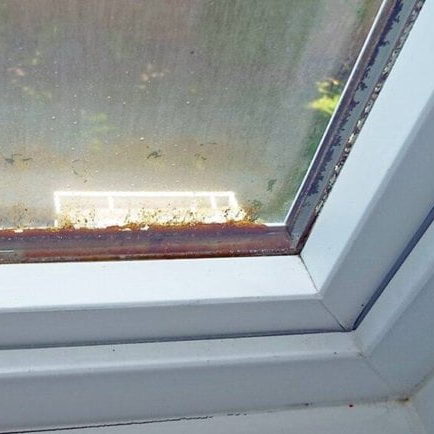
Typically if there is fog or condensation between the panes of a window this could be indicative of a window seal failure which is allowing moisture into the window. Window seal failure can be a sign of old age in windows but early deterioration can happen with windows for many reasons. In fact, windows on the sunny side of the home may have this issue sooner than other windows of the same age, aka premature failure, because of something called solar pumping.
Solar Pumping- What is it and why it it bad for windows?
As explained above, double pane windows glass and space and air between the two panes of glass. These two panes are sealed tight. During the day, the hot Colorado sun will heat up the space between the window and, while this may not be noticeable to homeowners, this then causes the window pane itself to expand from the heat. When night falls and the outside temperature cools down so too will the window, contracting the window back in. This push and pull will put stress on the window seal and, overtime, will cause the seal to fail which will allow moisture and air to enter between the panes. In a climate with extreme temperature fluctuations this will, of course, cause seal failure at faster rates than more temperate climates. As such, for Colorado homeowners premature seal failure can be a fairly common issue.
Time for New Windows

If you are seeing foggy windows, with moisture or mold in between the glass, panes, it may be time to replace your windows. However, if you are considering replacing your windows, it is important to understand that not all windows are made the same. As a Colorado window installation company, we saw a lot of cheap or poorly designed windows that just didn’t last in the Colorado climate. The internal features were not built to help the window handle temperature changes or severe weather. Other windows were built well but they came with unnecessary features, making them unaffordable for most homeowners. With this in mind, we worked with one of America’s top window manufacturers to provide the Colorado Window Series by WestPro. We wanted to provide windows which work for Colorado homeowners without any unnecessary features. Just windows built to last and built for Colorado.
Get a Window with Rubberized Spacers
In the typical double or triple pane window, aluminum spacers are used to separate the panes of glass. A window equipped with just an aluminum spacer will be less elastic so it doesn't move as easily with temperature changes. On the other hand, rubberized spacers are designed to hold up to more thermal expansion and contraction. Good building products are designed to move with the other materials that make up the home as temperature changes cause expansion and contraction. Rubberized spacers allow the seal to be less rigid and move with the window without breaking the seal. This will keep out moisture while also reducing heat transfer.

This is why a properly designed window will last longer and be more energy efficient. In addition to the thermal spacer, Colorado Series Windows by WestPro feature a Comfort-Max Frame filled with insulating foam, reducing heat transfer within the frame. The window glass has an optional Low-E Elite coating to provide protection against harmful UV rays which can damage floors, rugs, and furniture. Our windows feature double strength glass, and even come with a glass breakage warranty which protects your investment from accidental glass breakage. All Colorado Series Windows include a full lifetime product and installation warranty to ensure full protection of your investment.
If you would like additional information about the condition of your windows or you are in one of our service areas, please feel free to reach out for a free window inspection.
Subscribe to WestPro's Blog



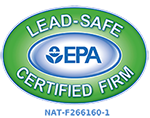
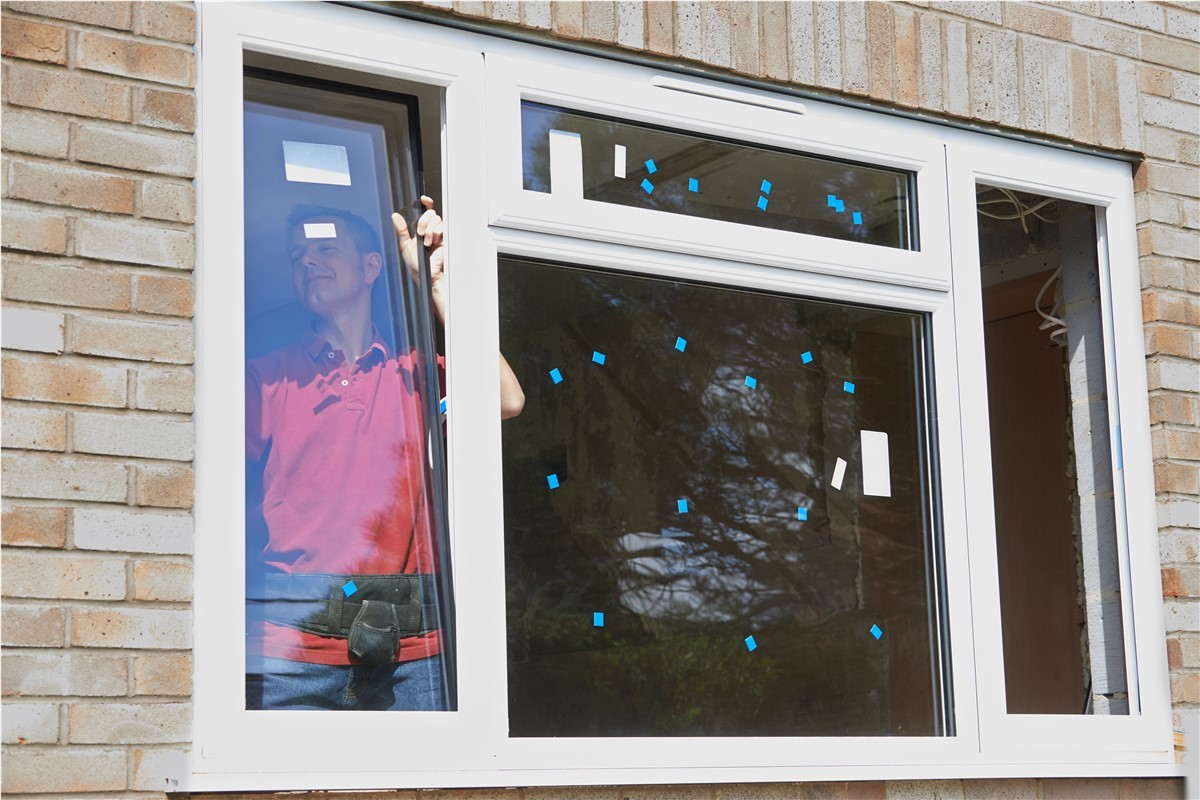
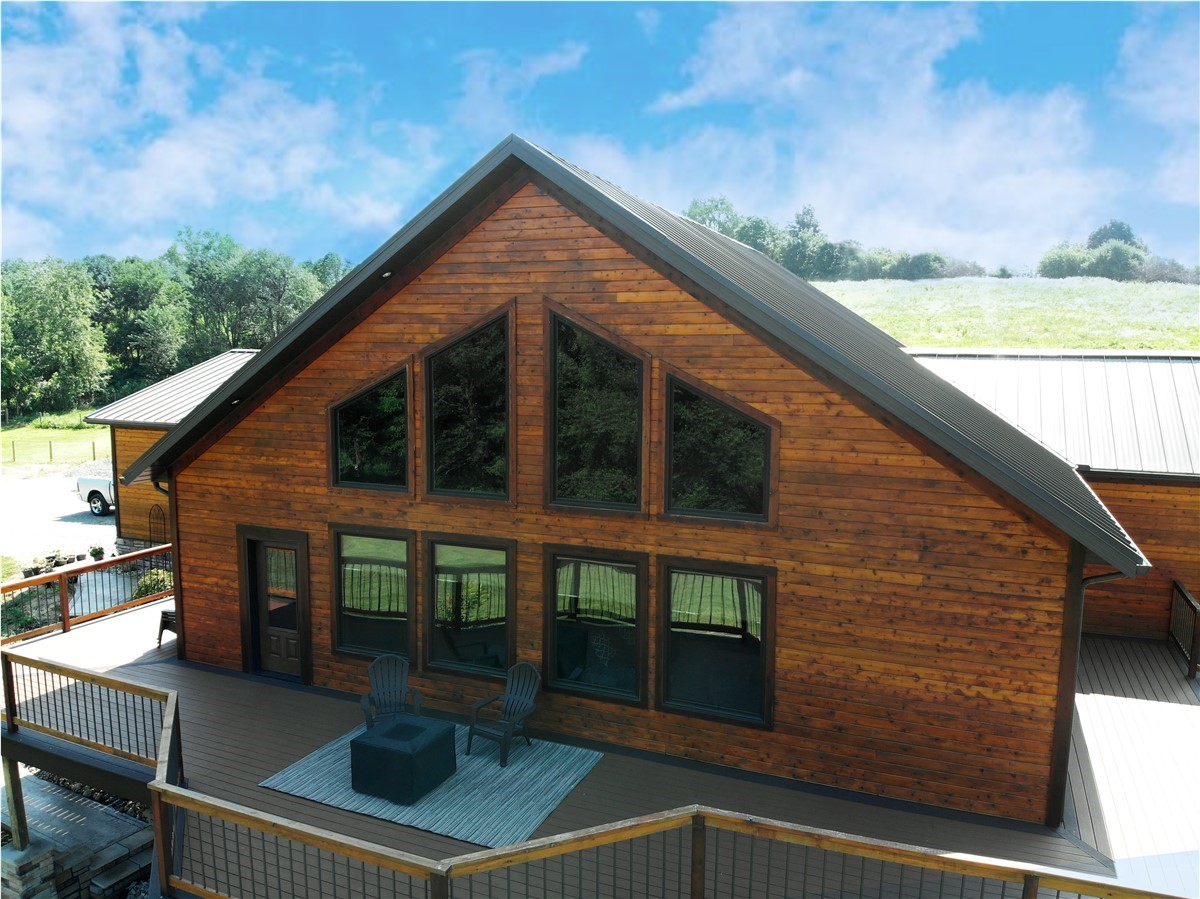
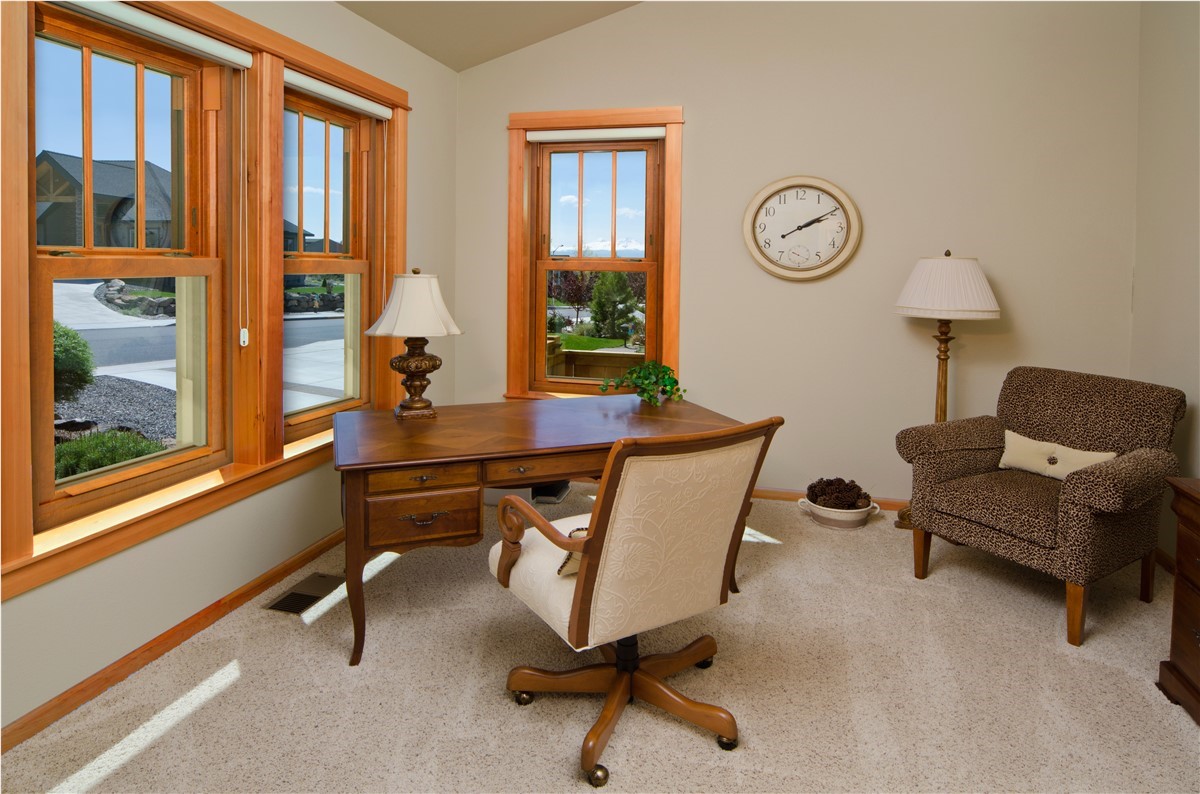

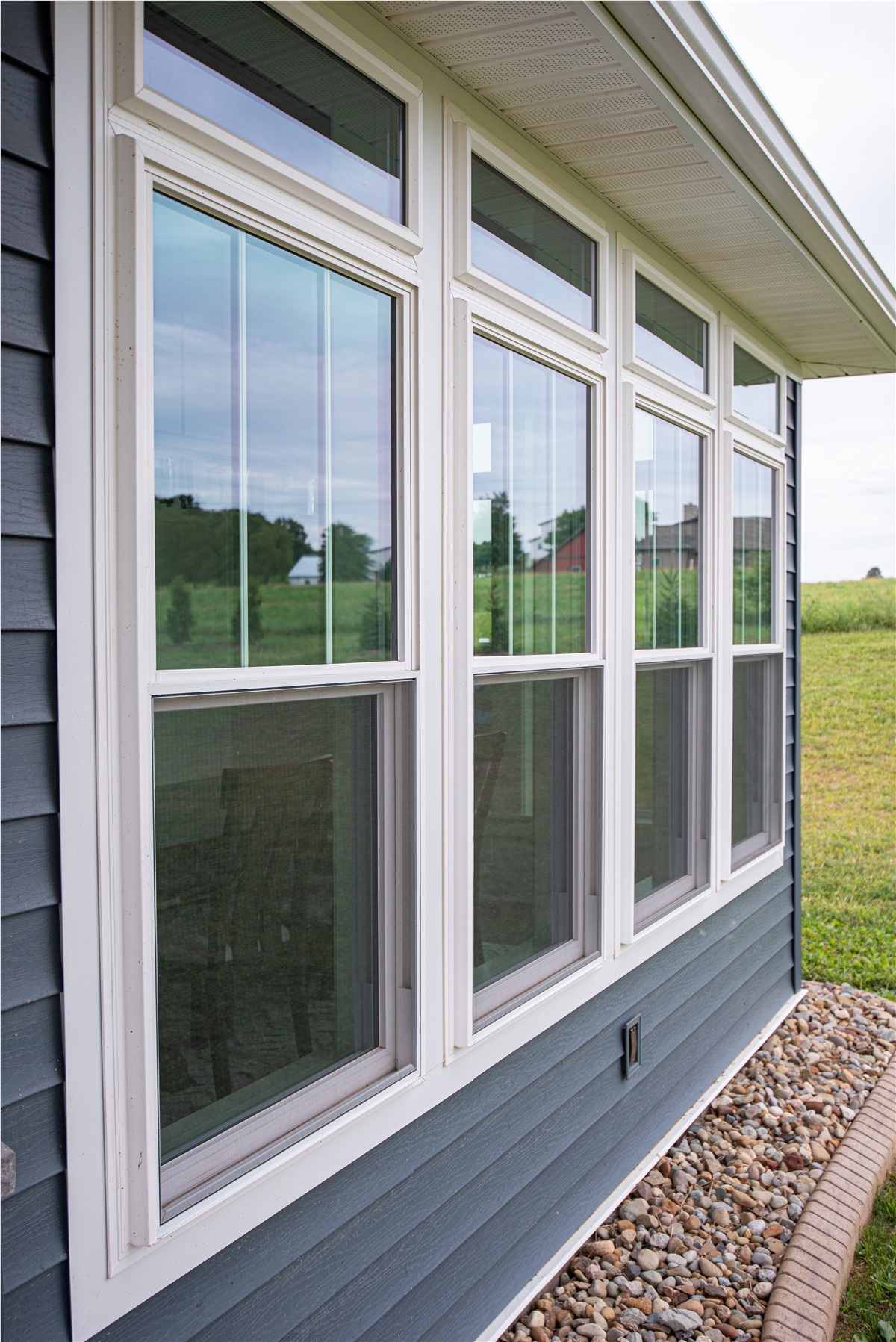

Comments